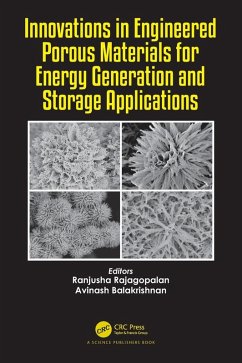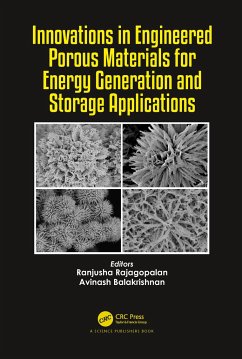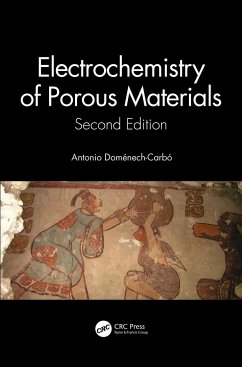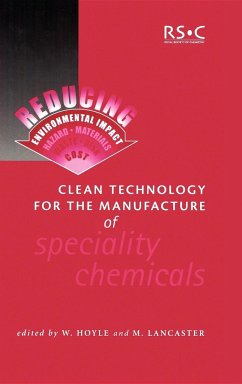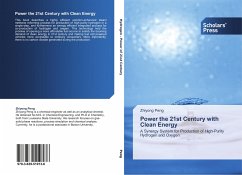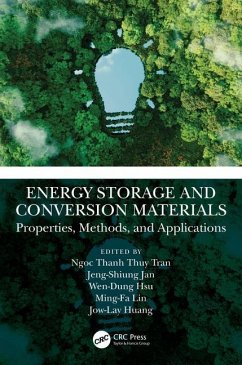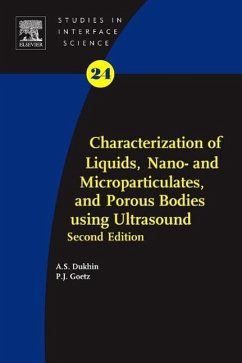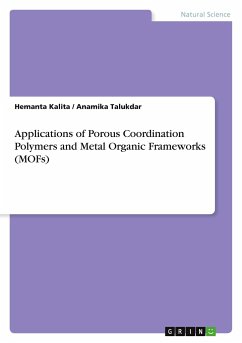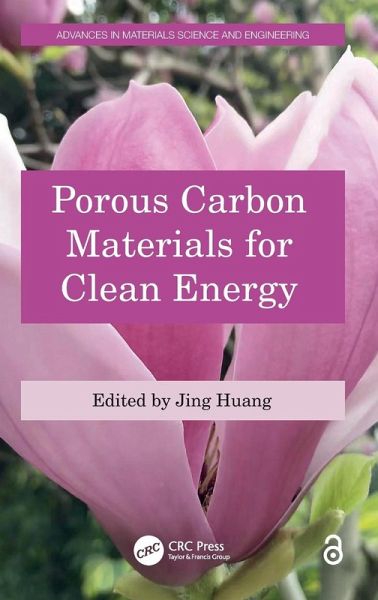
Porous Carbon Materials for Clean Energy
Versandkostenfrei!
Versandfertig in 1-2 Wochen
171,99 €
inkl. MwSt.

PAYBACK Punkte
86 °P sammeln!
New carbon materials have been developed to meet challenges of a growing global demand for energy-saving materials and sustainable materials. This book describes progress towards the conversion and efficient utilization of porous carbon and its derived precursor as electrode materials for clean energy.





